Joachim Parbo's CCV-Leopard Cycles CX1
Updated rig for the three-time Danish national champion
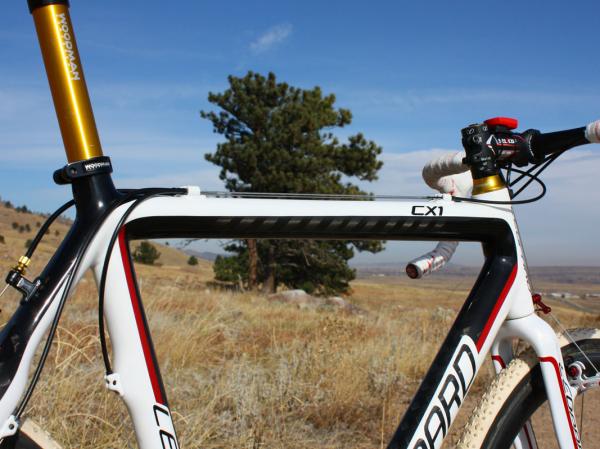
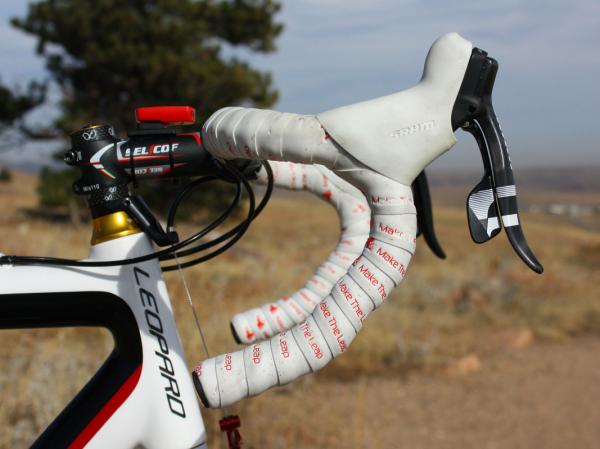
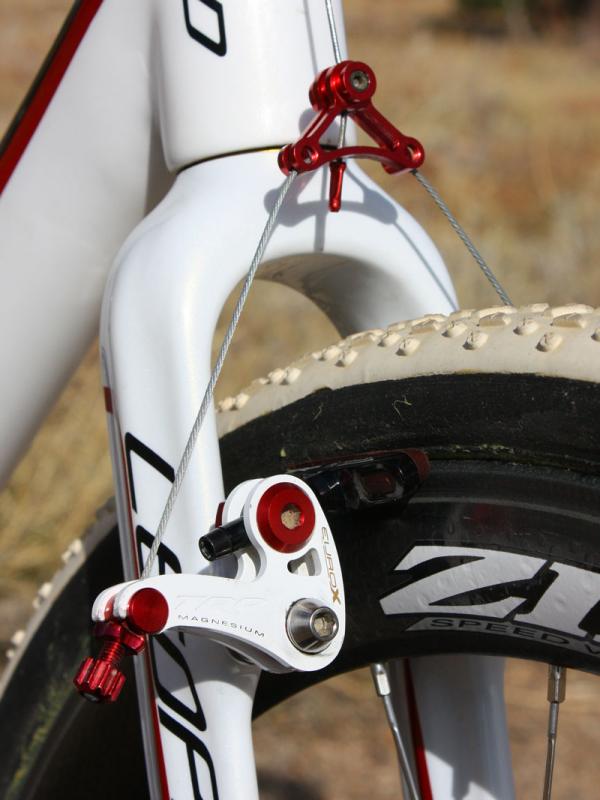
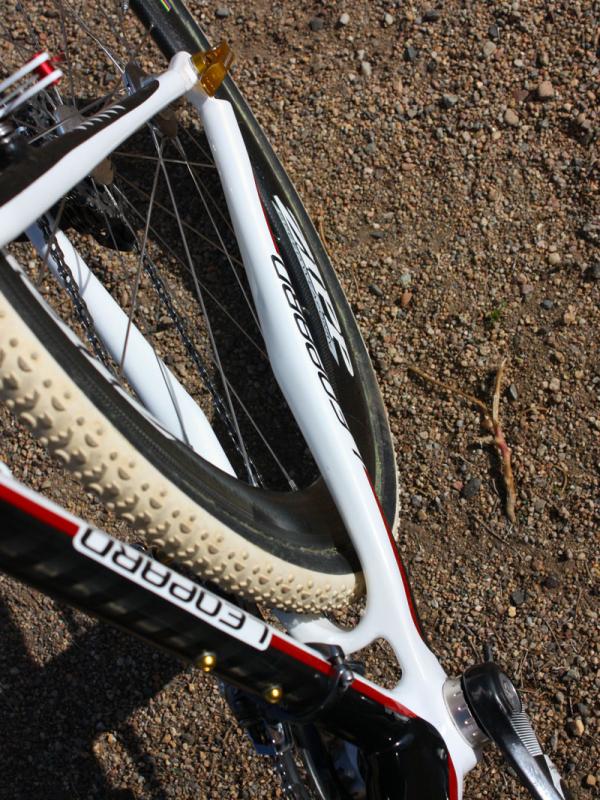
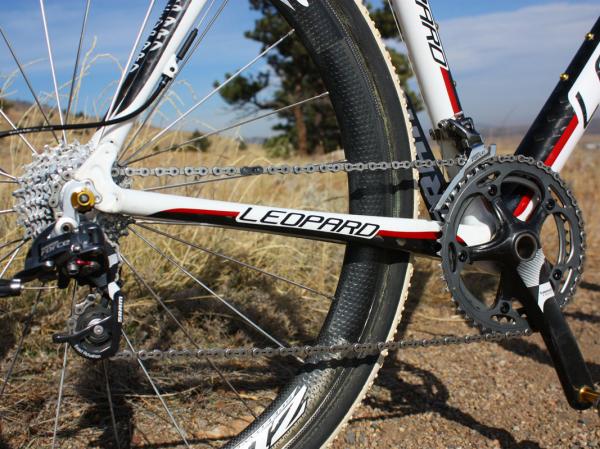
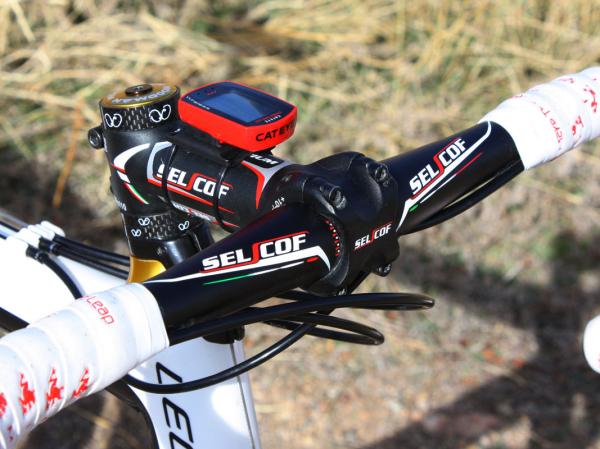
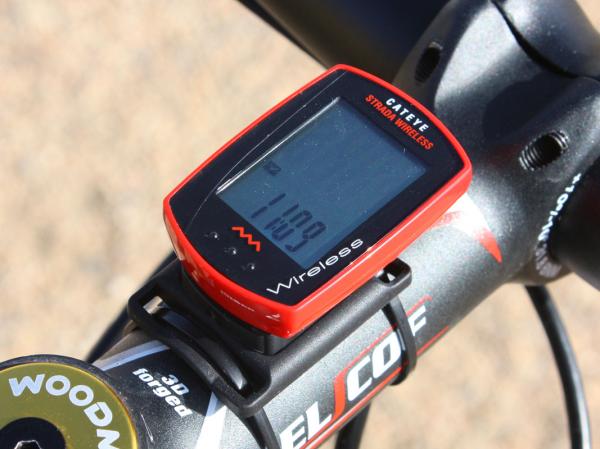
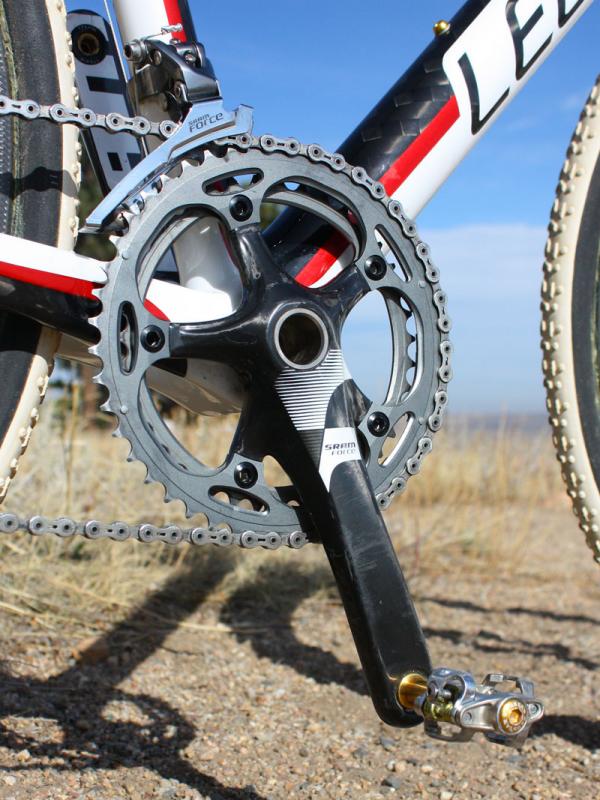
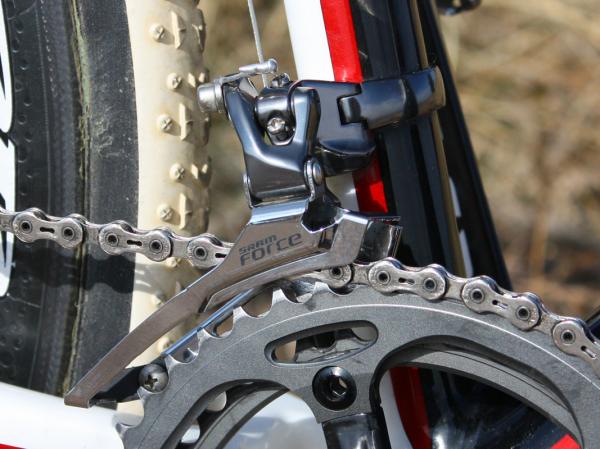
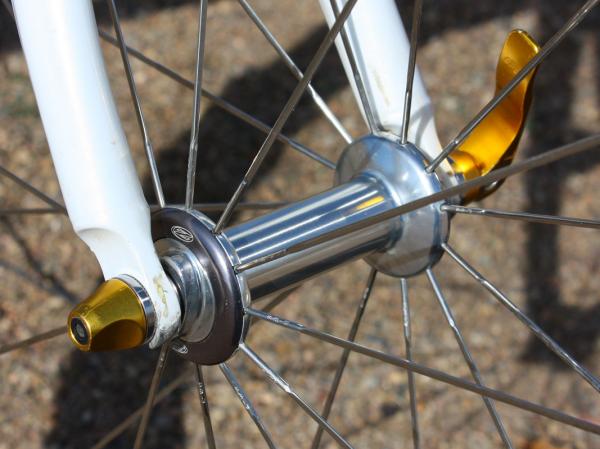
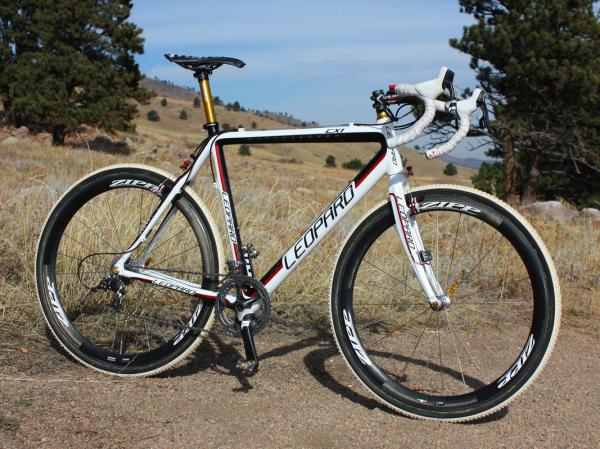
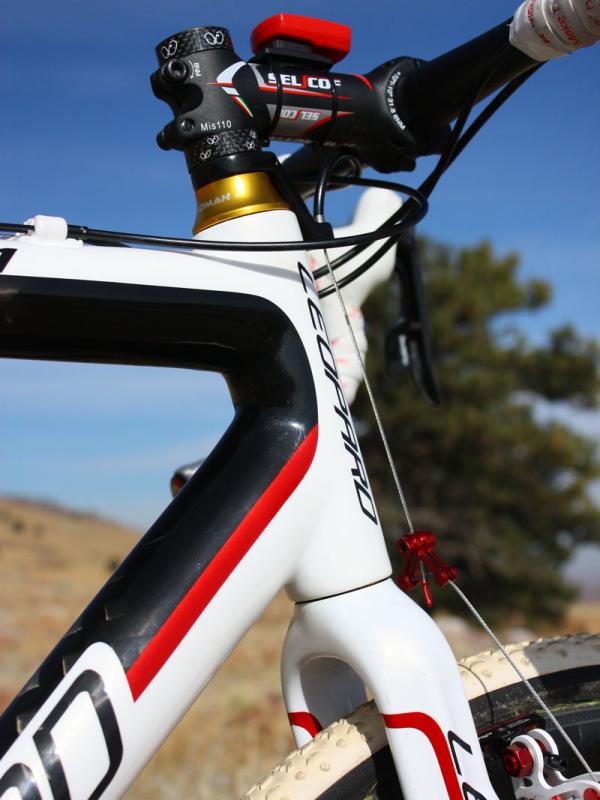
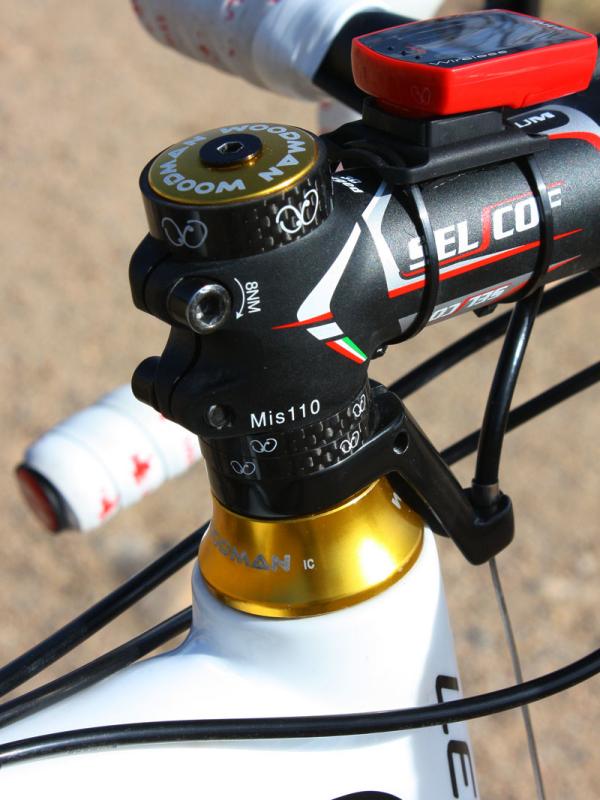
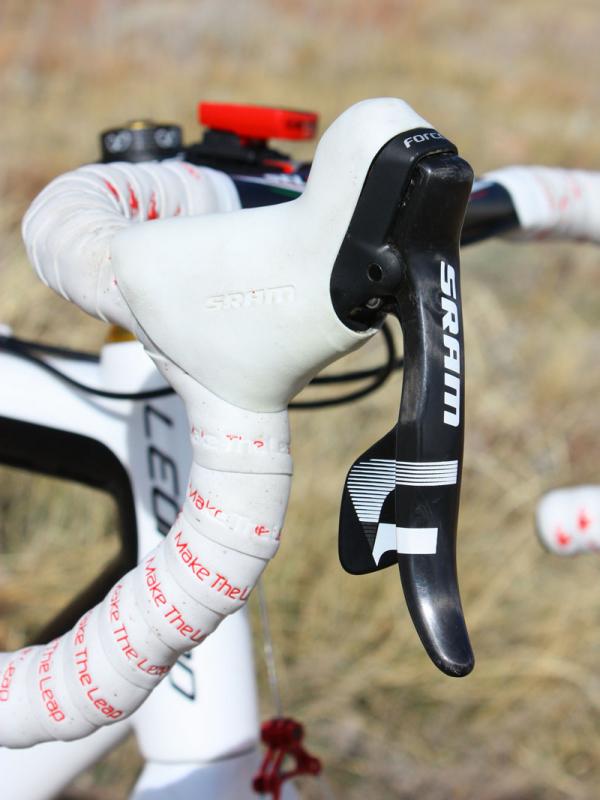
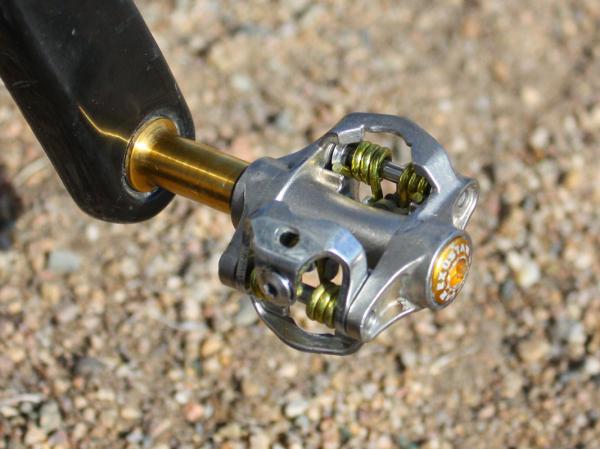
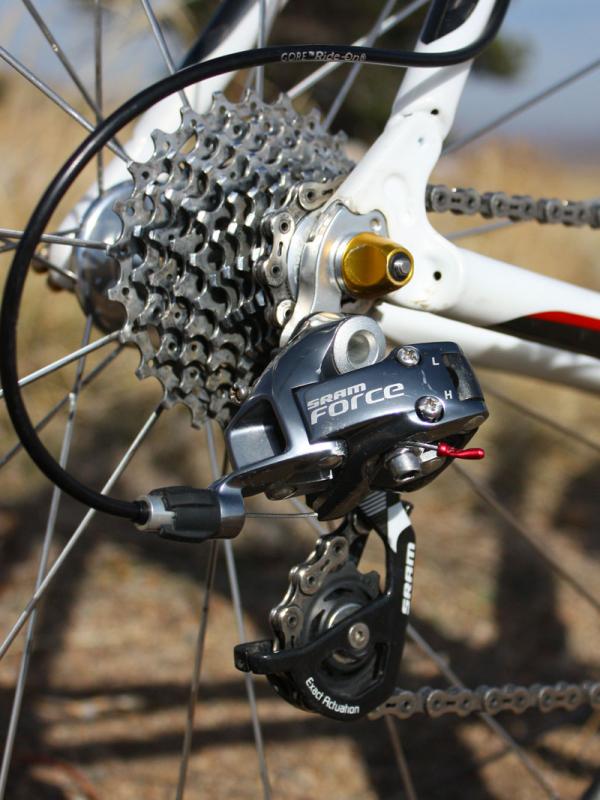
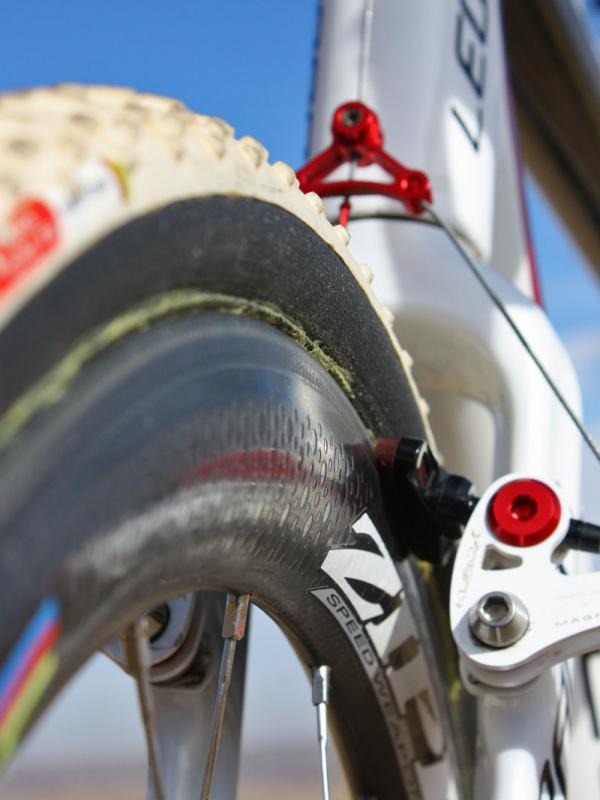
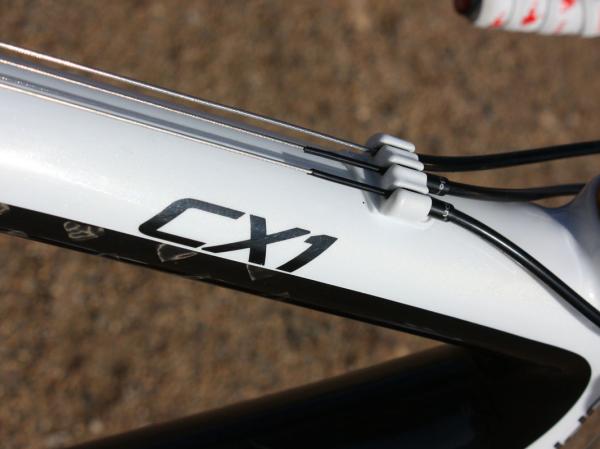
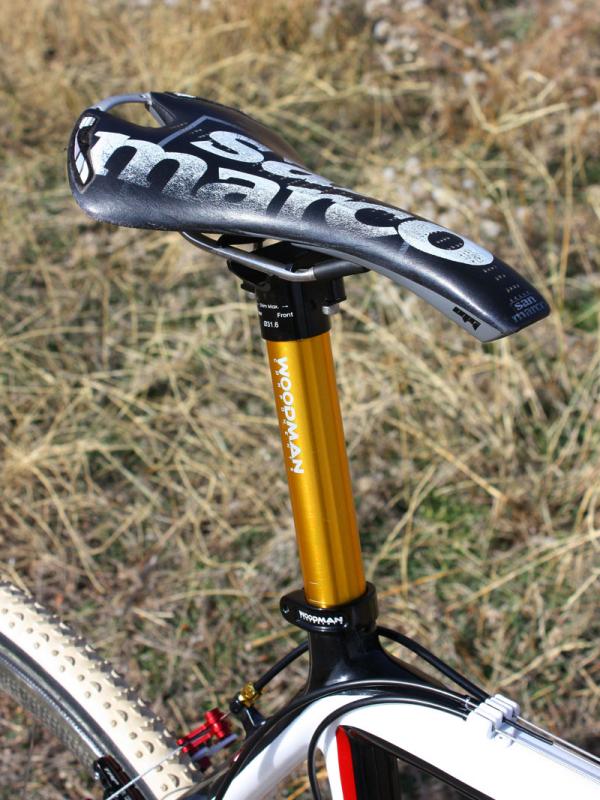
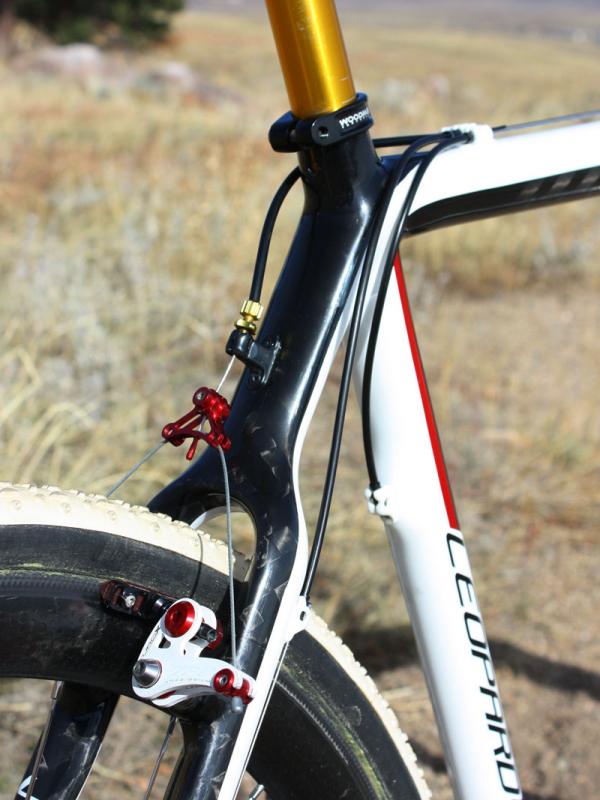
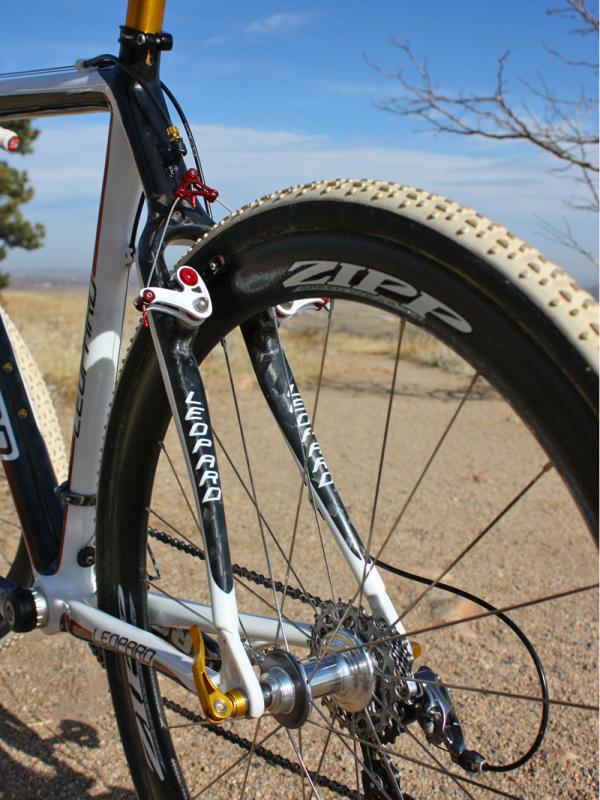
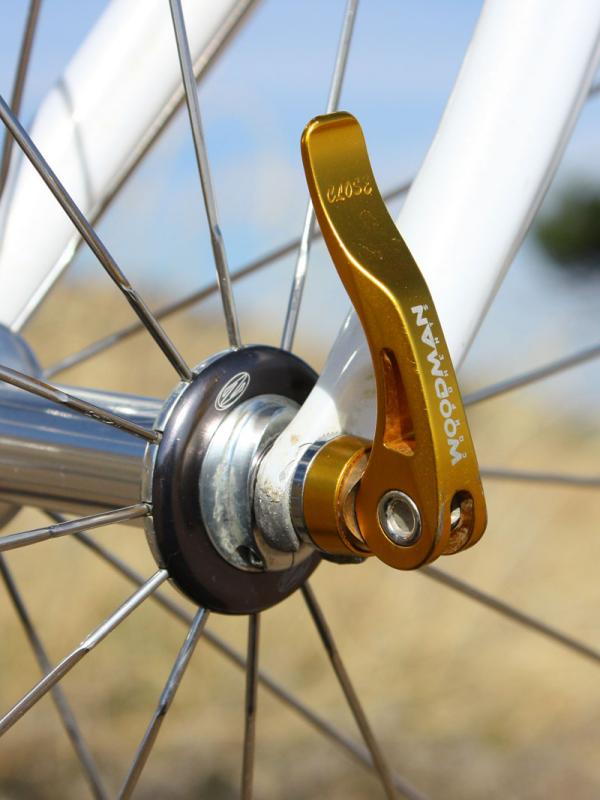
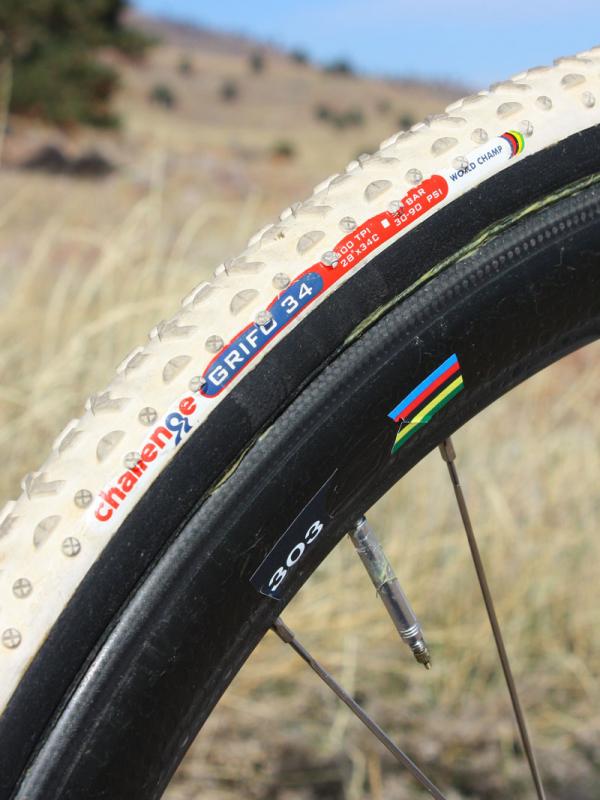
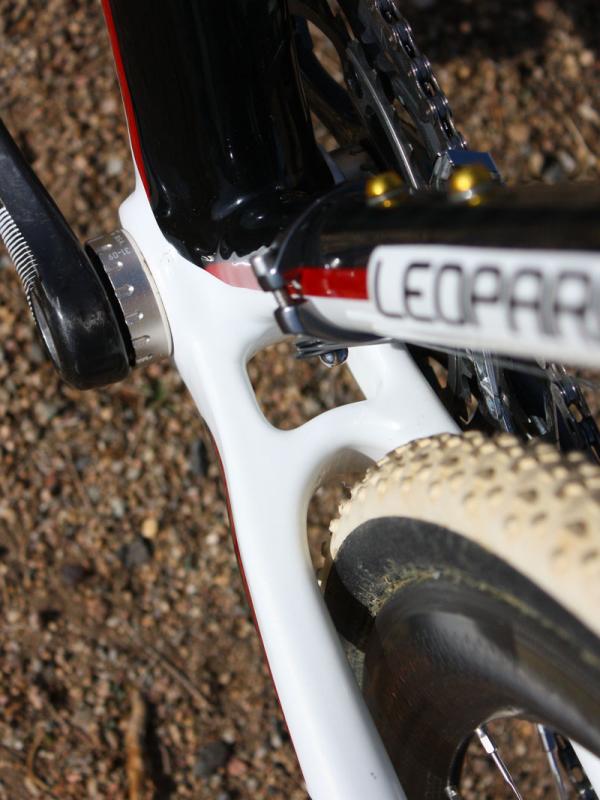
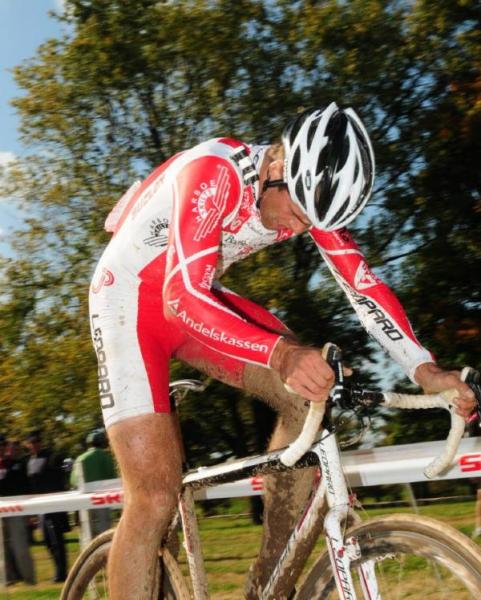
Three-time Danish national cyclo-cross champion Joachim Parbo (CCV-Leopard Cycles) luckily hasn't had to adapt to a collection of new gear for this season, having carried over the bulk of his sponsors from last year. Instead, he's been able to focus on the primary task at hand – racing – and further refining his equipment and position setups.
Aside from the new paint scheme, Parbo's Leopard Cycles CX1 carbon frame is identical to the one he used in the '08-09 season, boasting the same T700 fiber content, tidy tube-to-tube construction, one-piece chain stays and bottom bracket shell, and 1,180g (2.6lb) claimed weight. Parbo had only recently taken delivery of the new bike when we caught up with him last year but after a year's time, he says his initial impressions of excellent overall stiffness, nimble handling and ample mud clearance have held true.
Parbo has also retained agreements with SRAM, Zipp, TRP, Challenge, Woodman Components and Selcof and while key touch points and features have stayed constant, some of the component models have changed.
Parbo ran a Force front derailleur last season but the rest of the component group also now matches in contrast to the Red package he used previously. Slight gains in weight, material changes and front shifter internal differences aside, though, the updated Force group feels and behaves identically to the top-tier version so there was little or no adjustment period required. Likewise, a switch from Zipp 404 to new 303 carbon tubulars has dictated no change in riding style and if anything, has only improved overall durability on account of the wider rim with its more generous gluing surface and more rounded edges for better pinch flat resistance.
Pedals have changed from Shimano XTR to lesser-known Exustar models, though, with cast titanium bodies, integrated bails, and titanium spindles for lighter weight. Parbo also made a saddle change, too, trading in the cushy BBB Ultrabase DTL model for a far firmer Selle San Marco Magma.
That saddle is now set atop a Woodman Components seatpost in place of the previous Selcof model though the change was the result of a positioning change as the Italian company doesn't offer a zero-offset head. Parbo says he always noticed a lack of power on pavement sections last year and after a fit consultation with Retul, he ended up shifting his saddle forward, raising the levers on his bars but also rotating the bars for a effectively lower overall position.
As is common amongst top 'cross racers, Parbo keeps a bevy of wheels at the ready to account for changing conditions – in his case, five sets of Zipp race wheels plus an extra set of road wheels for training and warming up. That obviously makes for lots of rolling stock to maintain and since he splits his time between three semi-permanent bases in Denmark, Belgium and Colorado, he also has to do most of his own maintenance, including gluing tires.
Get The Leadout Newsletter
The latest race content, interviews, features, reviews and expert buying guides, direct to your inbox!
Rather than use an off-the-shelf glue, however, he's developed his own special blend using adhesives marketed outside the cycling world. According to Parbo, it's proven to be not only extremely secure but it virtually ensures that he can find it virtually anywhere in the world when needed.
"All I really do is pre-glue the tire one time and the rim one time, and when it dries up and before gluing it on, I put a quick coating of glue on the tire and another on the rim so both surfaces are wet and then mount it," he said. "I haven't rolled a tire in four years."
If anything, Parbo's gluing method may be a little too secure – he says on more than one occasion he's ended up tearing the base tape from the tire casing when trying to remove worn-out or punctured rubber.
Parbo says he's more old-school when it comes to choosing a tread design, though. Despite his stated role in helping Challenge develop its most recent Fango pattern with its more aggressive knobs, Parbo says he reserves it only for certain conditions.
"Maybe I'm a bit more of a traditionalist. I like to slide a little more through the corners. The Fango is good for some purposes but for me, the Grifo has a wider range of operation."
Complete bike specifications: